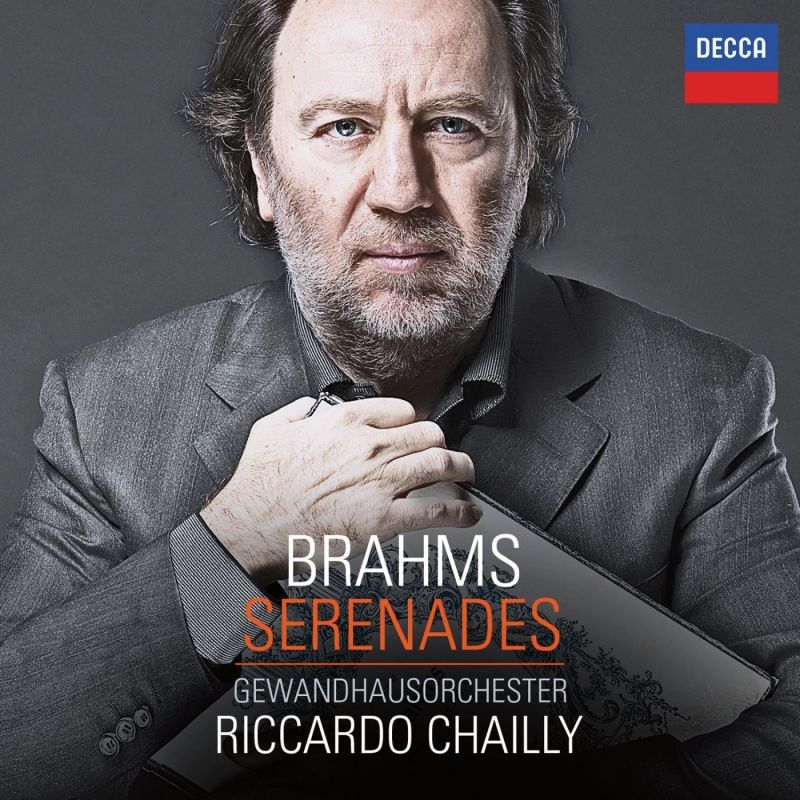BRAHMS Serenades
View record and artist detailsRecord and Artist Details
Composer or Director: Johannes Brahms
Genre:
Orchestral
Label: Decca
Magazine Review Date: 05/2015
Media Format: CD or Download
Media Runtime: 65
Mastering:
DDD
Catalogue Number: 478 6775DH

Tracks:
| Composition | Artist Credit |
|---|---|
| Serenade No. 1 |
Johannes Brahms, Composer
Johannes Brahms, Composer Leipzig Gewandhaus Orchestra Riccardo Chailly, Conductor |
| Serenade No. 2 |
Johannes Brahms, Composer
Johannes Brahms, Composer Leipzig Gewandhaus Orchestra Riccardo Chailly, Conductor |
Author: Rob Cowan
Maybe not quite the same in the case of the mellower Second Serenade (the one without violins), with its Allegro moderato first movement, where Boult’s tempo is broader than Chailly’s by almost two minutes and even Toscanini, in a sonically compromised but supremely lyrical NBC broadcast from 1942 (RCA), eases for an extra 1'20". That’s where I think some might take issue, though in the context of an interesting booklet interview Chailly stresses the importance of Brahms’s classical antecedents, hence the justification for brighter textures and swifter speeds. Point taken. Among the joys to behold elsewhere are the rollicking finales of both works, the Second Serenade’s Rondo like an unacknowledged Hungarian Dance, where Chailly fractionally eases the pulse for the lovely oboe-led second subject. And the Menuettos I and II from the First Serenade, utterly entrancing, the second Menuetto a dead ringer for one of Brahms’s Lieder, especially as played by the Gewandhaus strings.
As to rival versions: in the First Serenade, Abbado and the Mahler Chamber Orchestra (DG), and Stokowski with the Symphony of the Air (originally MCA Classics) are supremely stylish; and for the two Serenades together, I’d say István Kertész and the LSO (Decca), all bright and bushy-tailed, Dirk Joeres with the warm-textured Westdeutsche Sinfonia and Bernard Haitink with the RCO on especially glorious form (Philips), though neither Joeres nor Haitink play the First Serenade’s important first-movement repeat. Chailly’s superbly engineered coupling amounts to an essential refresher course, vital and instructive listening, though whether it’ll alter your convictions remains to be seen and heard. It certainly did mine.
Explore the world’s largest classical music catalogue on Apple Music Classical.
Included with an Apple Music subscription. Download now.

Gramophone Digital Club
- Digital Edition
- Digital Archive
- Reviews Database
- Events & Offers
From £9.20 / month
Subscribe
Gramophone Club
- Print Edition
- Digital Edition
- Digital Archive
- Reviews Database
- Events & Offers
From £11.45 / month
Subscribe
If you are a library, university or other organisation that would be interested in an institutional subscription to Gramophone please click here for further information.






